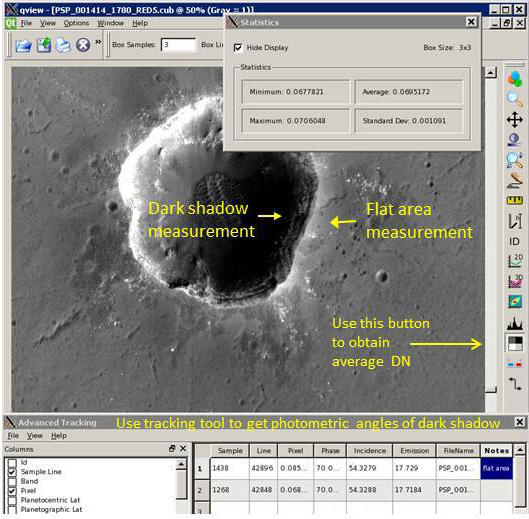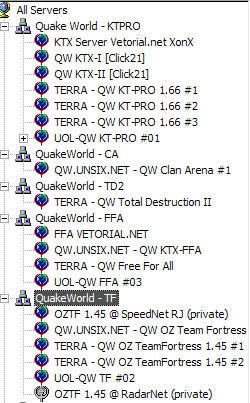
You only need Vis for debugging and larger levels so if you're starting out, don't worry about it for now. Works just like the windows version, you convert the. These will echo out a bunch of options for you to choose from. To find out any of their options, just execute them in the terminal. You can find QBSP, Light and Vis already compiled for you in the bin folder. The only ones I've even read about are focused on the windows GUI version with the three tools in one package.

#Qview quake how to
This is for you if you're struggling finding out how to use the command line tools from tyrutils on linux due to lack of information and guides out there. You can invoke it from a command prompt, via a shortcut or batch file, or from the "compile" or "build" menus of some level editors. Vis is a command-line tool, generally named vis.exe. Using the PVS data, Vis calculates the appropriate volume level for each of these ambient sounds based on the proximity and visibility of nearby sky and liquid surfaces. In addition, there are four hard-coded ambient sounds in Quake one each for sky, water, slime, and lava.

The final data, which is a series of bits representing whether or not each pair of visleafs can see each other, is then compressed down and saved in the bsp file. It does this using the portal data, as each visleaf can only see into other visleafs by looking through one or more portals. For each visleaf, it calculates which other visleafs are potentially visible from any point within that visleaf. Vis uses the portals from the prt file generated by QBSP to calculate visibility.

And even today, most games use equivalent systems to allow levels, props, and NPCs to be as detailed as possible. This performance optimization was necessary to allow levels as large and as complex as Quake's on the computers of the day. With PVS data, the engine need only draw those parts of the level (and those entities) that might be visible from the current player location. It calculates visibility (or PVS) data for a bsp file previously generated by QBSP. Vis is one of the stages of map compiling.


 0 kommentar(er)
0 kommentar(er)
